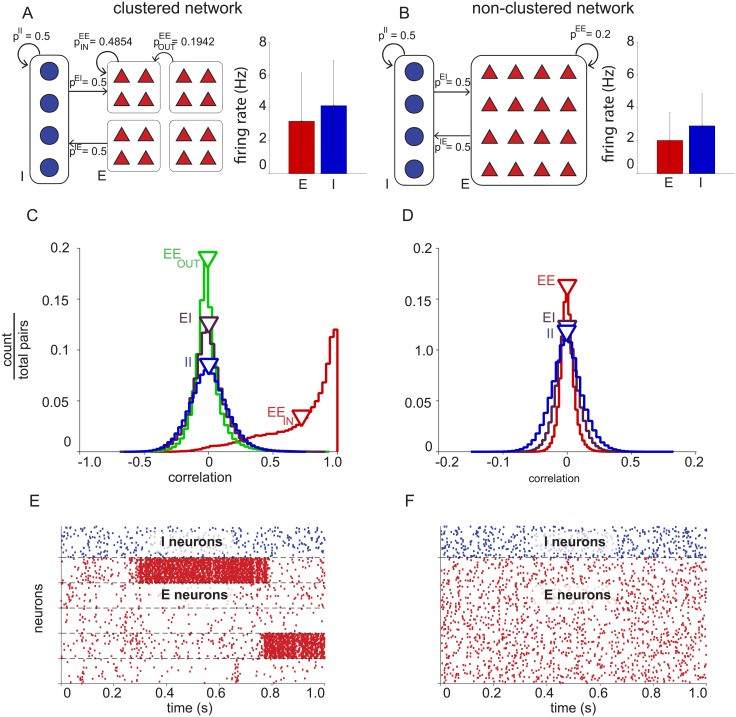Fig 1. Basic properties of excitatory and inhibitory neurons in balanced networks.
(A) Clustered network connectivity (left) of inhibitory-inhibitory (pII), excitatory-to-inhibitory (pIE), inhibitory-to-excitatory (pEI), same-cluster excitatory-excitatory (), and out-of-cluster excitatory-excitatory () neuron pairs. Average firing rates (right) of excitatory (red, 3.2 ± 2.9 Hz, mean ± standard deviation) and inhibitory (blue, 4.1 ± 2.7 Hz) neurons. (B) Non-clustered network connectivity (left) and average firing rates (right) of excitatory (red, 2.0 ± 1.7 Hz) and inhibitory (blue, 2.9 ± 1.9 Hz) neurons. (C) Clustered network spike count correlations (one second time bins) between same-cluster excitatory-excitatory pairs (EEin, red, r = 0.72 ± 0.27, mean ± standard deviation), out-of-cluster excitatory-excitatory pairs (EEout, green, r = -0.0085 ± 0.11), excitatory-inhibitory pairs (EI, purple, r = 9.0−4 ± 0.14), and inhibitory-inhibitory pairs (II, blue, r = 4.5−4 ± 0.15). (D) Non-clustered network spike count correlations (one second spike bins) between excitatory-excitatory pairs (EE, red, r = 1.9−5 ± 0.11), excitatory-inhibitory pairs (EI, purple, r = 2.1−4 ± 0.018), and inhibitory-inhibitory pairs (II, blue, r = -7.3−4 ± 0.025). Note that the horizontal axis differs between panels C and D. (E) Clustered network spiking activity. A representative sample of 500 neurons (100 inhibitory neurons and 400 excitatory neurons ordered by cluster membership. (F) Non-clustered network spiking activity. A representative sample of 500 neurons (100 inhibitory and 400 excitatory).

